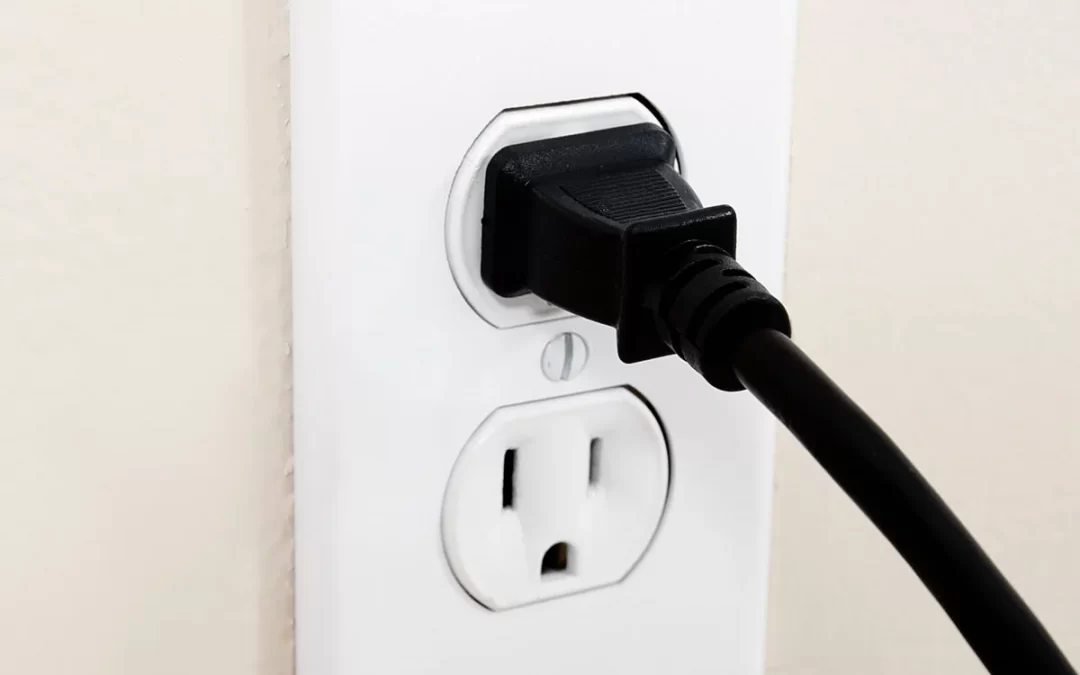Grounding switches means switches, including the mechanism and linkage for manual or mechanical methods of operation, which do not have an interrupting rating and by means of which an electrical circuit or a piece of apparatus may be connected to ground. If you were installing a new switch, you would be required to provide an equipment grounding conductor at the outlet. And the switch would have to be properly grounded, in accordance with the National Electrical Code (NEC).
Ground Switches
There was a time when an equipment grounding conductor was not required at each outlet, so it’s fairly common to come across this situation (especially when working in older homes). You’ll often see exceptions like this written into codes, so as not to require a full rewire just to replace a switch.
If you are replacing a switch the ground is not required, as per the above exception. However, if you’re installing a switch; replacement or otherwise, into a metal box that is grounded. The switch will be ground via the devices yoke and mounting screws. So, if the metal box is grounded, the switch is also grounded.
The Box
If the box is nonmetallic, and there are other grounded devices within the same enclosure. You can ground the new switch using a jumper between the switches grounding screw, and the other devices grounding screw. Just keep in mind, that you can’t terminate two conductors under a single screw terminal. So, if you do this, you’ll have to use pigtails to make the connection between the devices.
What’s the Difference Between two-prong (non-grounded) and three prong (grounded) Plugs?
You’ve probably noticed that some plugs have three prongs while others have only two. The third prong is the one centered in the middle of the plug below the two parallel plugs. This additional feature is known as the grounding pole.
Grounding poles are there to send extra power into the ground and away from your devices. This wiring prevents power surges that could overload your device or result in electrical shock. A grounded plug is a three-pronged device, whereas a non-grounded plug has the standard two prongs.
Typically, electronics that need more power will have a grounded plug. These items could include the following:
- Laptops
- PCs
- Vacuums
- Power Tools
Non-grounded plugs, those that have only two prongs, are found on electronics that don’t require large amounts of energy to operate. These items could include the following:
- Phone Chargers
- Electric Razors
- Toothbrushes
Contact us
Mikulka Electricians are always professional and efficient. Insured and trained to do the job right the first time. Experts in the field of electrics with over 25 years’ experience. Prepared with up-front pricing and a lifetime guarantee. We observe all personal protective equipment and COVID 19 requirements to keep our staff and your family safe. Our team of experts will respond immediately to your call for help. Call Mikulka Electric, Inc. for a wide range of electrical services, including indoor and outdoor lighting, electrical heating, electrical repairs, and back-up generators. We service the Central New Jersey area. Address 275 RT. 79 Morganville, NJ 07751 https://mikulka-electric.com/contact-us/

